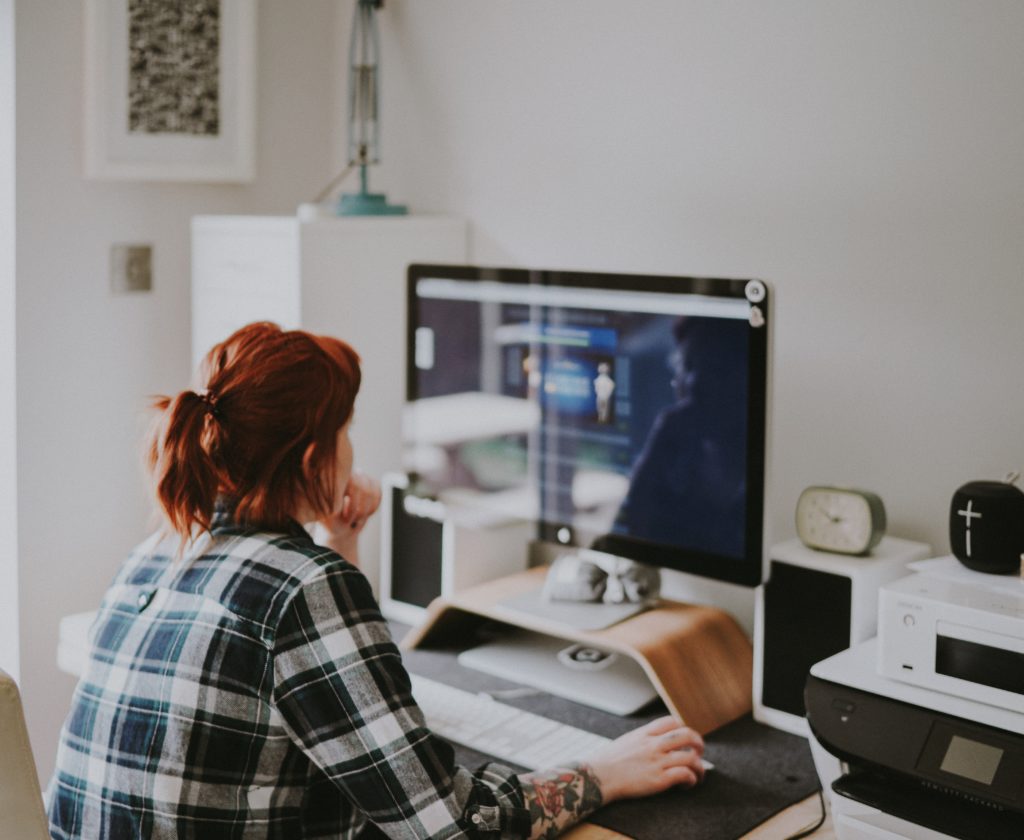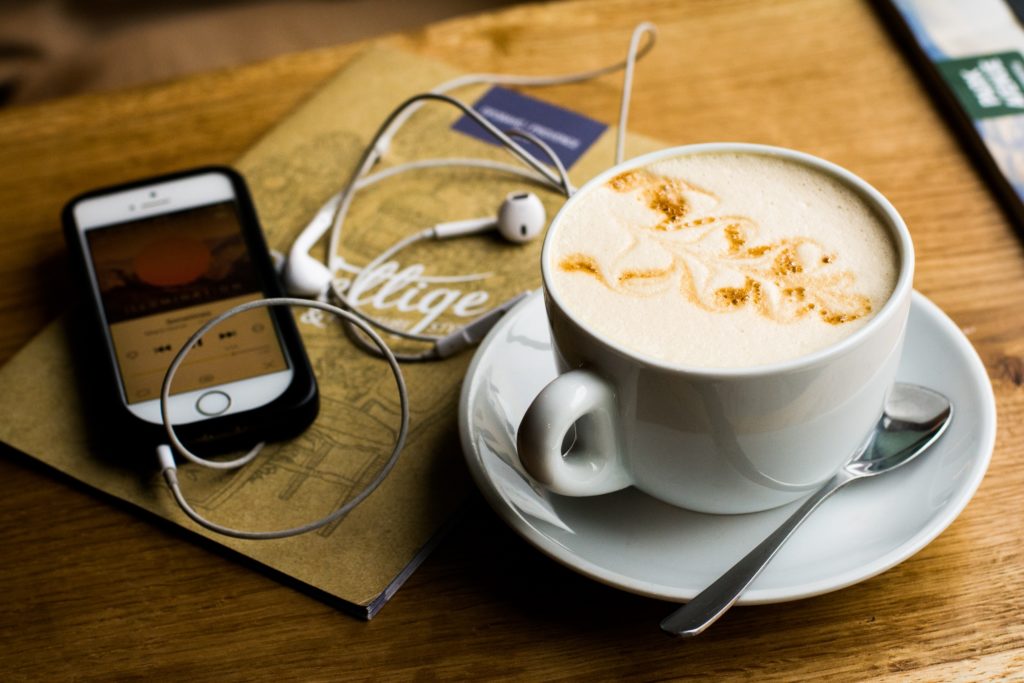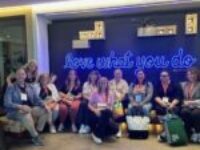Hi everyone!
Thanks for being patient! We’re excited to have our Director of the Toledo Market, Suzanne Brockway, share her thoughts on Twyla Tharp and Mark Reiter’s book The Creative Habit: Learn it and Use it for Life. Make sure to order your copy or place a hold at your local library!
Introduction
Twyla Tharp is one of the world’s most renowned dancers and dance choreographers. Not only has she choreographed and produced many plays and performances – for over 50 years she’s run her own business. The Creative Habit is Twyla’s self-help book for the creatively challenged. Her general philosophy is that creativity is a habit, a product of preparation and effort, and not necessarily just a God-given gift that only some people have. Creativity is not just for artists, it’s for business people looking for a new way to close a sale, it’s for engineers trying to solve a problem, it’s for parents who want their children to see the world in more than one way.
Chapter 1 – I Walk into a White Room
Twyla defines the Creative Moment as the moment where all your work comes together to make the journey worthwhile. The instant translation of idea to product happens may be “creative” but that creativity comes from a ton of preparation. When you’re facing creative block, Twyla encourages us to forget about inspiration since you won’t get anything done sitting around waiting for it to strike. Creativity is work; it requires discipline, tenacity, undeviating routine and the total investment of both body and mind. It’s important to stop telling yourself you aren’t talented and rather start practicing the skills you want to develop. I am particularly inspired by the thought that everything can be raw material, usable to feed into my creativity. However, we have to allow ourselves to see it, retain it, and use it. In order to do this, we have to open our minds and be prepared.
Everything is relevant.
Chapter 2 – Rituals of Preparation
Most people require some sort of ritual or routine to get into a creative state. No one can be creative on command, not even the world’s most genius writers, musicians, and painters. So how do they keep churning out hit after hit? Simply put, they keep showing show up to work every day and accept that creativity ebbs and flows. A starting ritual such as meditation, grabbing a cup of coffee or walking can be helpful. It doesn’t matter what your ritual looks like as long as it signals that it is time to begin. There is no ideal condition for creativity but by making the start of the sequence automatic, the ritual replaces doubt and fear with comfort and routine. After doing business all day I am totally unable to relax enough to paint but a short walk or puttering in the garden usually does the trick for me. I also like to change my music playlist to fit my tasks, what does yours look like?
Another key part of this ritual is the elimination of distractions – not only environmental distractions but distractions inside of us, like fears and self-doubts. They are the habitual demons that invade the launch of every project. Distractions keep us from doing what we can do by providing excuses not to do it, the fear of the blank page or the empty canvas terrifies us all. Many times it stymies our work and is lost forever but if you try and it doesn’t work, you can always try a different way next time! Doing is better than doing nothing and if you do something poorly you’ll learn to do it better. I’ve saved a really awful piece of art that I made during a difficult time in my life as proof that I was brave enough to start back up again doing the work I love. It is a little emotional icon that helps keeps me inspired.
Chapter 3 – Your Creative DNA
We all have our own creative hard wiring or personality, it tells us why we are a musician, dancer, painter or writer. Being true to our DNA infuses our work with our own uniqueness. Just as there are genes for height and eye color, Twyla writes, ”we all have strands of creative code hard-wired into our imaginations.” Creative DNA is powerful stuff. According to Twyla, it’s responsible for ”the forms we work in, the stories we tell, and how we tell them.” She challenges us to take the mundane materials of our lives, run it thru our imaginations and surprise the world with our work. Get a handle on your creative identity by answering the questions in the Creative Autobiography, I think it will help you see your strengths, weaknesses, and your worldview.
Here is a snippet of my journey:
Question 3. What was the best idea you’ve ever had? Throwing all of my tools in the air and starting over. It taught me that my work is not sacred.
Question 5. What is the dumbest idea? Probably the one described above but it certainly felt good, made me laugh, and changed my perspective.
How about you? The better you know yourself, the more you will know when you are playing to your strengths and when you are taking a risk.





